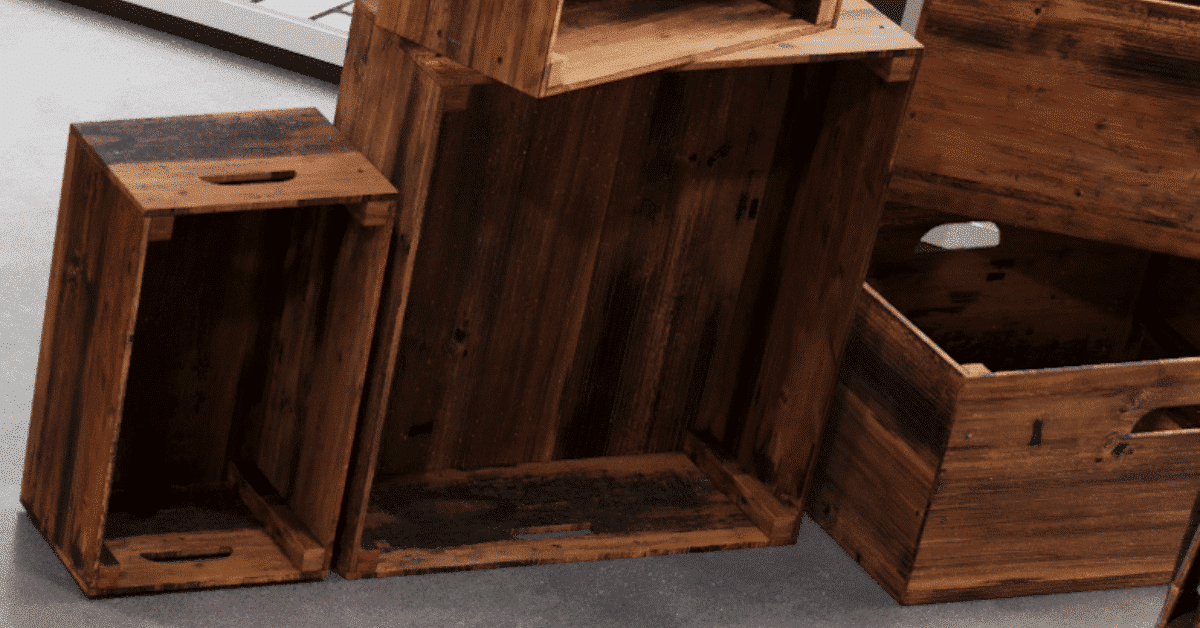Blog
A Comprehensive Guide to Antique Rustic Furniture: Styles, History, and Preservation Tips

Welcome to our comprehensive guide on antique rustic furniture! This article will cover the rich history, various styles, and preservation tips for these timeless pieces. If you are an antique enthusiast or simply appreciate the charm of rustic furniture, this guide will provide valuable insights and practical advice.
A Brief History of Antique Rustic Furniture
Antique rustic furniture has a long-standing history, dating back to the early days of human civilization. This type of furniture was often crafted by hand using natural materials, such as wood, stone, and metal. It was designed for functionality and durability, with an emphasis on the beauty of raw materials and simple craftsmanship.
Early European Influence
In Europe, rustic furniture gained popularity during the Middle Ages. As European societies became more settled and sophisticated, furniture makers focused on creating practical pieces that could withstand the test of time. This led to the development of Gothic, Baroque, and Rococo styles, which further influenced the design of rustic furniture.
American Rustic Furniture
In the United States, rustic furniture gained prominence in the 18th and 19th centuries, as settlers moved westward and established homesteads. Craftsmen utilized locally sourced materials to create functional and durable furniture pieces. This gave birth to several regional styles, including Appalachian, Adirondack, and Southwestern rustic furniture.
Popular Antique Rustic Furniture Styles
There are several distinct styles of antique rustic furniture, each with unique characteristics and regional influences.
Appalachian Rustic Furniture
Appalachian rustic furniture is characterized by its rough-hewn appearance, with visible marks from the tools used to create it. These pieces often feature a natural wood finish, giving them a warm and inviting feel.
Adirondack Rustic Furniture
Adirondack rustic furniture is known for its use of natural materials, such as birch bark, twigs, and branches. This style often incorporates wildlife motifs, such as deer and bears, as well as geometric patterns.
Southwestern Rustic Furniture
Southwestern rustic furniture draws inspiration from Native American and Spanish colonial influences. This style often features ornate carvings, leather or hide upholstery, and vibrant colors.
Preserving Antique Rustic Furniture
Caring for your rustic furniture is important to ensure its longevity and maintain its value. Here are some tips to help you preserve your cherished pieces:
Proper Cleaning
Regularly dust your furniture using a soft, dry cloth. Moreover, avoid using harsh chemicals or abrasive materials, as they can damage the finish. If necessary, use a mild soap and water solution to clean stubborn stains or dirt.
Climate Control
Maintain a consistent temperature and humidity level in the area where your furniture is stored. Because, extreme fluctuations can cause wood to expand and contract, leading to cracks or warping. Ideally, the relative humidity should be between 40% and 60%, and the temperature should be around 68-75°F (20-24°C).
Protect from Sunlight
Direct sunlight can cause fading and damage to the finish of antique rustic furniture. So, you must position your furniture away from windows or use curtains or blinds to block excessive sunlight.
Regular Inspection
In addition, inspect your rustic furniture regularly for signs of damage, such as loose joints, cracks, or insect infestations. Also, address any issues promptly to prevent further deterioration.
Buying and Appraising Antique Rustic Furniture
Moreover, whether you’re a seasoned collector or new to the world of rustic furniture, the following tips will help you make informed decisions when purchasing or appraising these unique pieces:
Research
Learn about the different styles and characteristics of antique rustic furniture. Additionally, familiarize yourself with the specific elements that define each style, such as construction techniques, materials, and design motifs.
Examine Condition
Assess the condition of the furniture carefully, paying close attention to the structural integrity, finish, and any signs of repairs or modifications. Consequently, some wear and tear are expected in antique pieces, excessive damage or alterations may affect their value.
Authenticity
Verify the authenticity of the piece by looking for signatures, labels, or other identifying marks from the original craftsman. So, you must consult with experts or reference materials to ensure you are buying a genuine antique.
Provenance
A piece with documented history or provenance can add significant value to your rustic furniture. Before buying be sure to ask the seller for any available documentation, such as receipts, letters, or photographs, to establish the piece’s history.
Antique rustic furniture is a testament to the craftsmanship and ingenuity of our ancestors. With its rich history and diverse styles, this type of furniture continues to captivate collectors and enthusiasts alike. Therefore, by understanding the characteristics of different styles, preserving your pieces with care, and making informed buying decisions, you can fully appreciate the beauty and value of antique rustic furniture.
